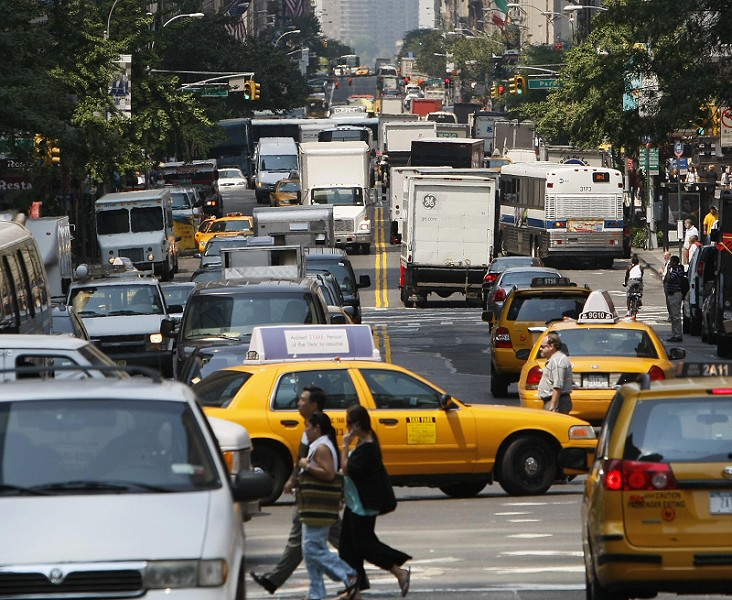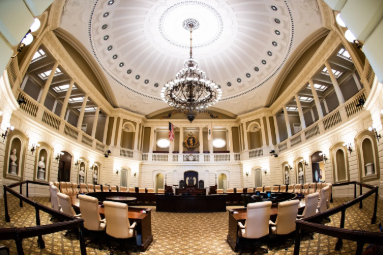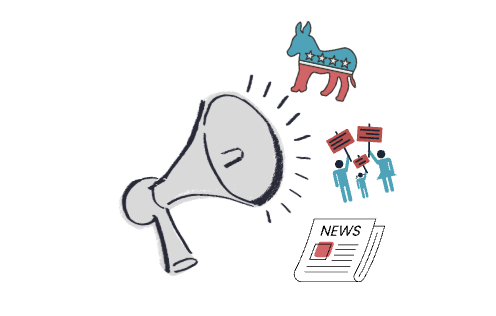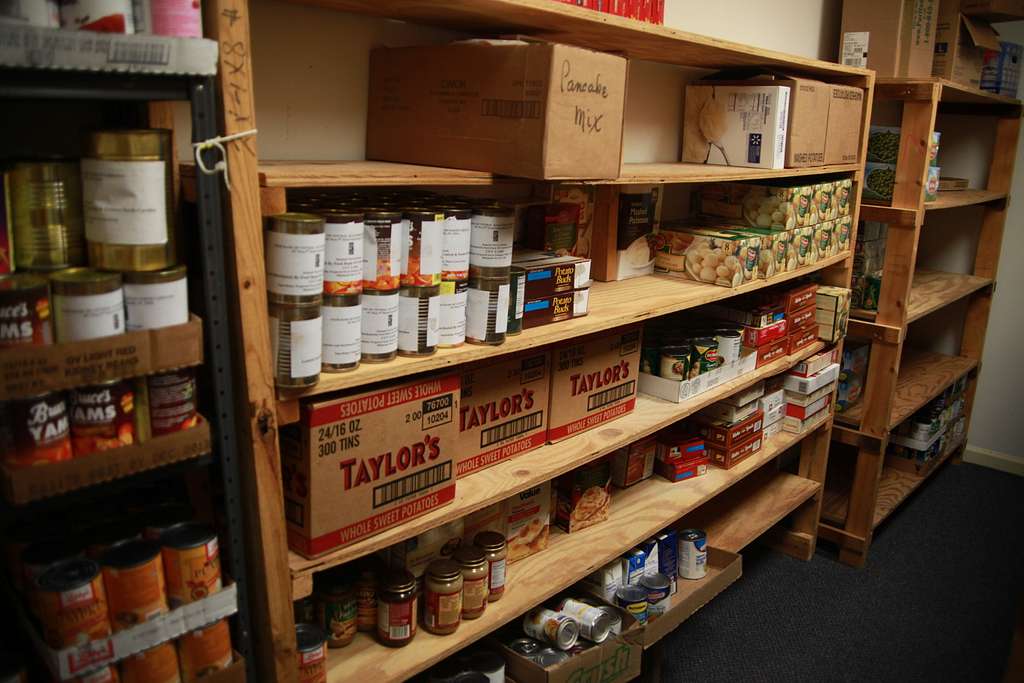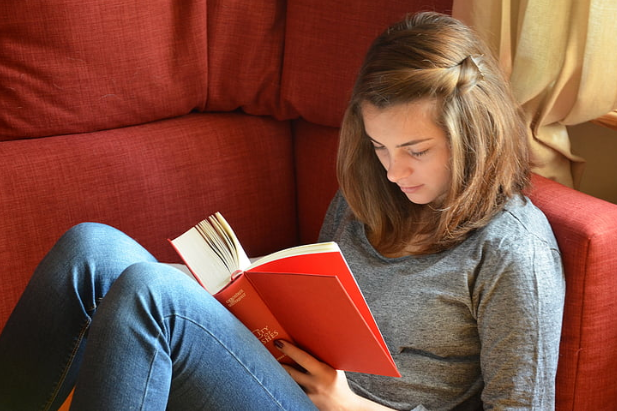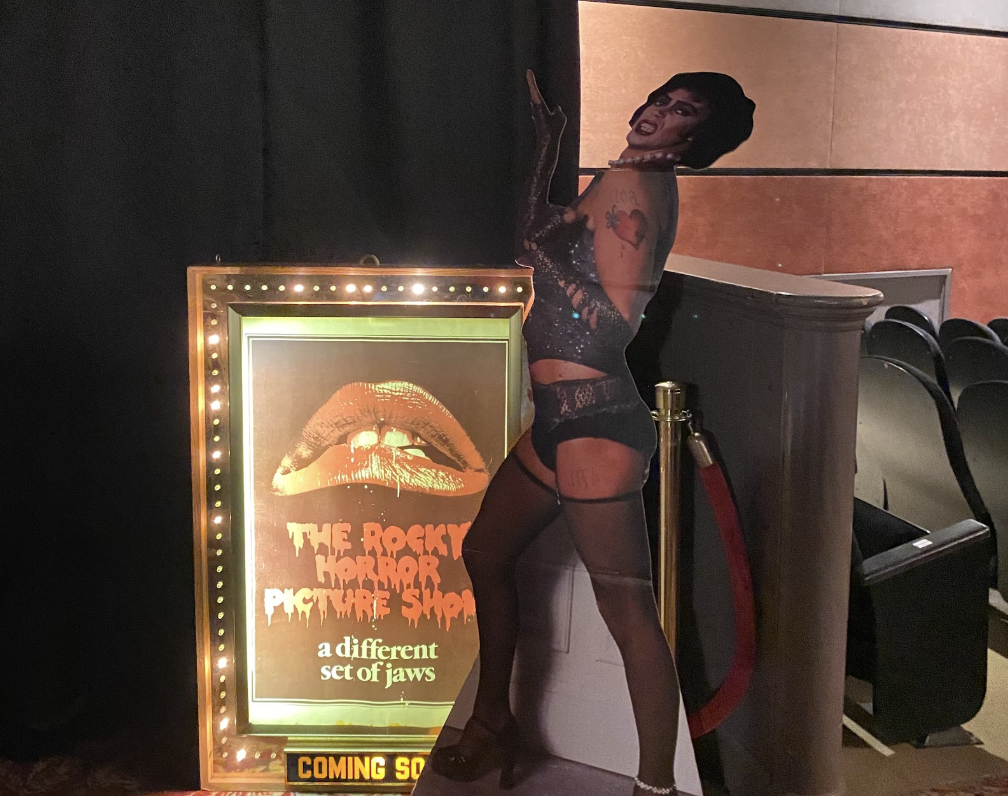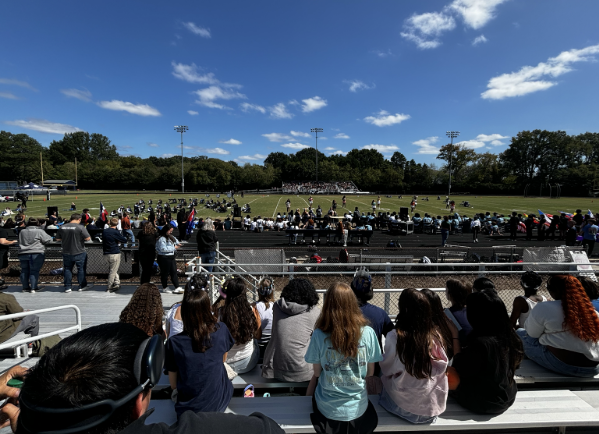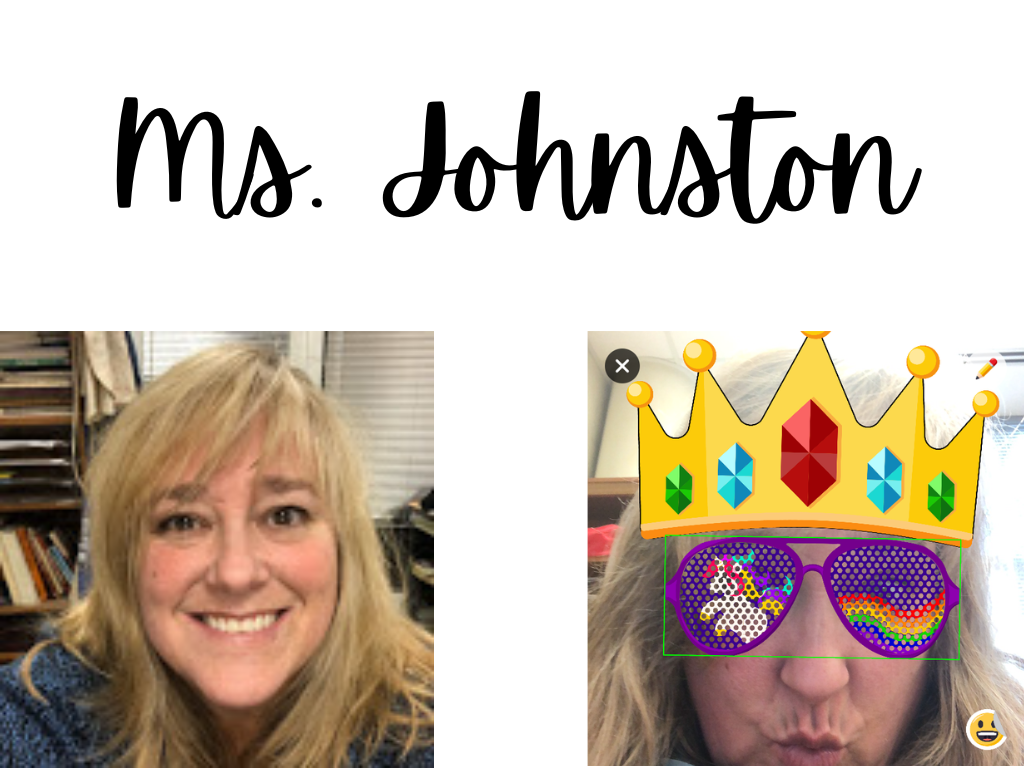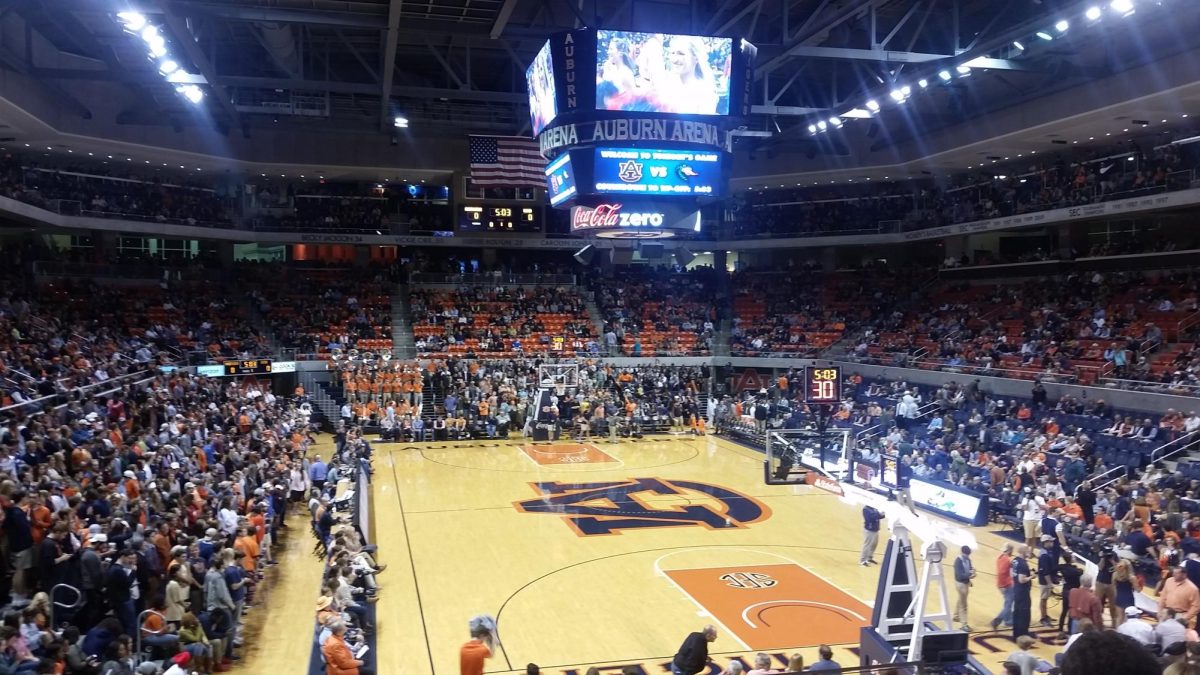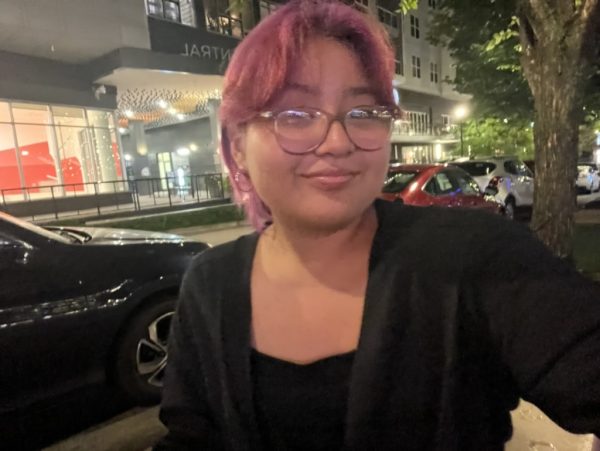New York City is known for its high population, traffic, and now being the first U.S city to implement a congestion pricing system. Implemented on January 5th, the program will charge $9 to enter Manhattan, one of NYCs busiest boroughs. The program is aimed to help minimize traffic, encourage public transit use, and provide funding for infrastructure improvements.
How does it work?
Most drivers will be charged $9 once per day to enter the congestion zone at peak hours (5am-9pm on weekdays and 9am-9pm on weekends), and $2.25 at other times. Small trucks and non-commuter buses will pay $14.40 to enter Manhattan at peak times, while larger trucks and tourist buses will pay a $21.60 fee. Motorcyclists will pay half the amount that cars pay during peak hours.
The congestion pricing zone covers Manhattan’s Central Business District, starting at 60th Street and continues to all the roads below, however it does exclude the FDR Drive, West Side Highway and Hugh L. Carey Tunnel– as long as you don’t exit into Manhattan at or below 60th Street.
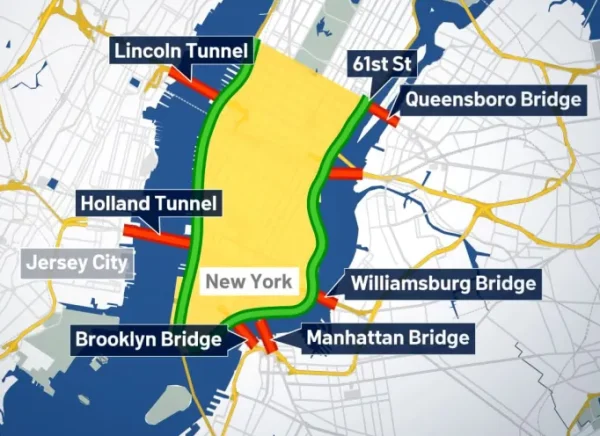
Although you won’t be charged on the West Side Highway or FDR Drive, it depends on where you’re headed. If you remain on the highway, you will not be charged. Using the Brooklyn Bridge, Manhattan Bridge and Williamsburg Bridge will be charged if the trip cannot be completed without remaining “exclusively on highways.”
Cars coming off the Brooklyn Bridge onto the FDR Drive will be tolled because it enters lower Manhattan. The same applies to those driving from the FDR to the Manhattan Bridge or Williamsburg Bridge.
Why is it controversial?
With nearly 65 million tourists and eight million residents alone in 2024, traffic congestion has always been a prevalent issue. New Yorker resident Thalia Andaluz, has lived her entire life in NYC, she states, “Working in Manhattan, it has taken me about two hours to get to my workplace. I believe congestion [pricing] will reduce traffic in Manhattan for a short period of time [because] people will [continue] driving into the city due to a lack of MTA–Metropolitan Transportation Authority– transportation, security and safety on trains and buses.”
Johnny Suarez frequently travels to NYC, passing through Manhattan to get to Queens, another borough. Suarez believes, “It’s a scheme to collect all our money. NYC is already expensive, and they already charge tolls to enter the Lincoln Tunnel, as well as other tunnels, and now they want to charge another toll!”
Attorneys from New Jersey have attempted to stop the congestion pricing plan by filing an injunction. New Jersey’s lawsuit states, “the end result is that New Jersey will bear much of the burden of this congestion pricing scheme-in terms of environmental, financial, and human impacts-but receive none of its benefits.” However, a judge denied the injunction believing New Jersey failed to prove its case that the residents of New Jersey would suffer.
MTA CEO Janno Lieber commented after the ruling, “We need to make it easier for people who choose to drive or who have to drive to get around the city, to spend less time in traffic. We need to make sure that ambulances can get to hospitals, which is not the case now. We need to make sure the air gets a little cleaner, and we need to make transit better for the 90 percent of New Yorkers who use transit to get around.”
Are there any exemptions?
Exemptions include: emergency vehicles (ambulances, fire trucks, police vehicles, etc.); government vehicles (garbage trucks, snowplows, etc.); school and commuter buses–this does not include tour and charter buses.
Additionally, residents who live within the congestion relief zone, and have a household income of less than $60,000 could qualify for a tax credit. Still, Andaluz comments, “[Charging] $9 to get into your workplace or even your place of living, is very unfair.”
A 50% discount is also available for drivers who are enrolled in the low-income discount plan; the discount will apply after the first 10 trips. If you have a medical condition that prevents you from using alternative transportation (buses, subways, etc.) you can apply for an individual disability exemption plan.
How much does your everyday commuter pay?
For the average commuter having an E-ZPass will be to your advantage. An E-ZPass is an electronic toll collection system that’s used in many states. During peak hours you will still be charged $9 and $2.25 during off-peak hours. However, without an E-ZPass you will be charged $13.50 during peak hours and $3.30 off-peak through mail. E-ZPass holders also get a $3 credit if they take Holland, Hugh L. Carey, Lincoln or Queens-Midtown tunnels into Manhattan during peak hours.
What about tourists?
For tourists, the MTA recommends taking the subway or train. Not only does this save you money for your trip, each ride costs only $2.90. Lyft, a popular rideshare app, will also provide a $1.50 ride credit till the end of January every time a rider has to pay the congestion fee. The cost of the toll will fall on the passenger, not the driver. If you decide to take a yellow cab, green cab or black car, you’ll have to pay $0.75 per trip.
New York City is the first to implement a congestion pricing plan within the U.S. Although the new program is aimed to decrease traffic congestion, it leaves tourists and residents feeling conflicted about their travels. The MTA has implemented 1,400 cameras in over 110 detection points, to make sure people pay the fee. The system will charge a toll only if a vehicle is no longer detected on the excluded roadways.


